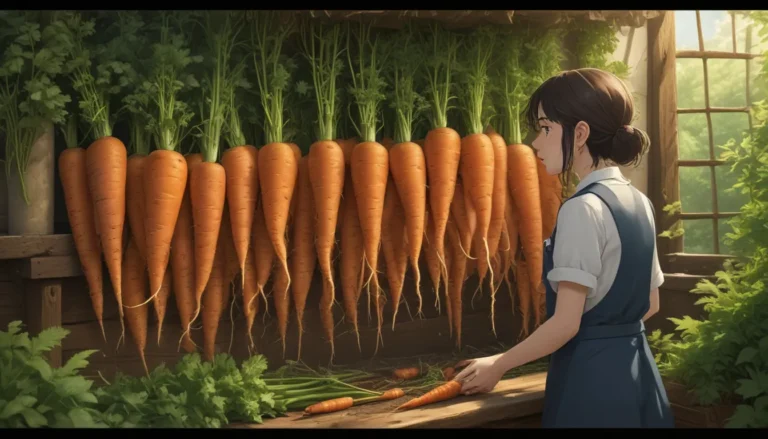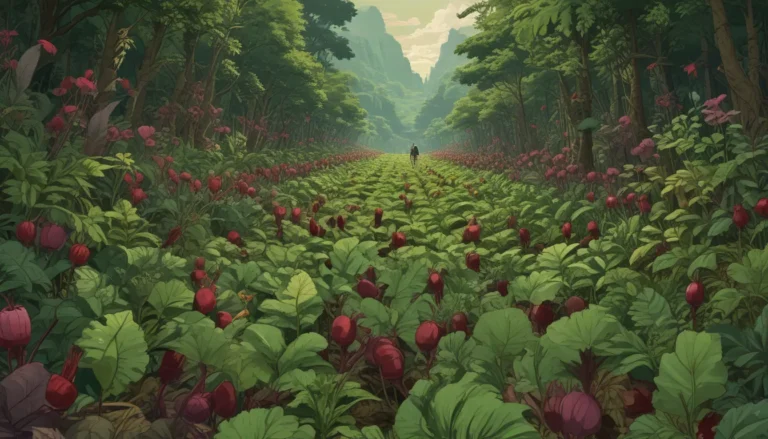Ultimate Guide to Pruning Shasta Daisies

Are you ready to learn all about the best methods for pruning your Shasta Daisies to ensure they thrive in your garden? Let’s dive into the world of these sunny-faced perennials and discover how to keep them looking their best year after year.
Shasta Daisies, scientifically known as Leucanthemum x superbum, are a favorite among gardeners for their prolific summer-to-fall blooms. These herbaceous flowering perennials are well-suited to USDA Hardiness Zones 4 to 9 and reach heights of two to three feet.
In this comprehensive guide, we will explore everything you need to know about growing Shasta Daisies, focusing on three key pruning methods to help you maintain healthy and vibrant plants throughout the growing season.
Growing Conditions for Shasta Daisies
Before we dive into pruning techniques, let’s review the ideal growing conditions for Shasta Daisies:
- Average, slightly acidic, well-draining soil
- Full sun exposure
- Moderately moist conditions
These plants are perfect for back-of-bed placements, cottage garden borders, mass plantings, and rockeries.
Shasta Daisy Pruning Methods
Let’s explore the three main methods of pruning Shasta Daisies to enhance their growth and blooming potential:
Chelsea Chop
The Chelsea Chop is a unique pruning technique that involves removing one-third to one-half of each stem in late May or early June. This method is named after the Chelsea Flower Show in London and offers several benefits:
- Encourages lateral growth
- Reduces the need for staking
- Delays or varies bloom times
- Creates a bushier plant with more flowers
To perform the Chelsea Chop, use sharp bypass pruners to trim each stem just above a leaf node or pair of leaves for rapid regeneration. Varying heights within a clump can help support taller stems and create a staggered blooming effect.
Deadheading
Deadheading involves removing faded blossoms throughout the flowering season to stimulate new flower production and prevent self-sowing. This maintenance task ensures a neat appearance and encourages continuous blooms. Use pruners to snip spent stems just above leaf nodes for optimal results.
Yearly Cutback
In the fall, as the flowers finish blooming and the foliage turns brown, it’s time for the yearly cutback. Trim each clump to about three inches above the crown to prepare for new growth in the spring. Removing plant debris helps prevent disease and pest overwintering. Adding a layer of mulch provides insulation for the roots during the colder months.
Showstopping Shastas
By implementing these pruning techniques, you can enjoy showstopping Shasta Daisies in your garden. The Chelsea Chop promotes compact growth and delayed blooming, while deadheading encourages continuous flowering. A yearly cutback ensures a clean slate for new growth in the following season.
If you want to learn more about growing Shasta Daisies and other daisy varieties, consider exploring the following guides:
- Why Shasta Daisies May Fail to Bloom (And What to Do About It)
- How to Divide Shasta Daisies
- How to Plant and Grow Montauk Daisies
- How to Grow and Care for English Daisies
Are you ready to transform your garden with beautiful, thriving Shasta Daisies? Share your pruning experiences and tips in the comments section below, and let’s grow together!
Remember, proper pruning techniques can make a significant difference in the health and appearance of your plants. Stay tuned for more informative guides on gardening and plant care. Happy pruning!
*





